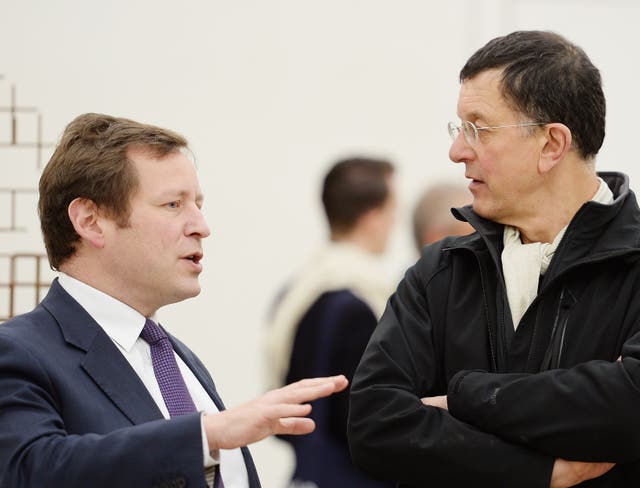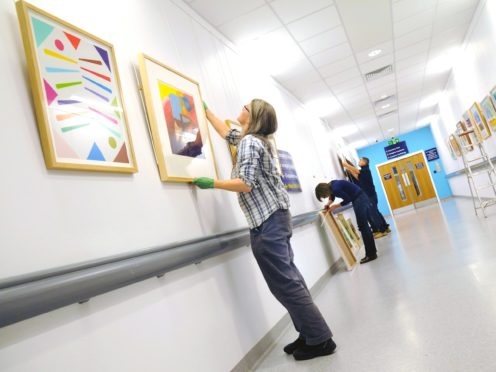A former culture minister and a host of British artists and academics will debate the future of the visual arts in healthcare at an event next month.
Ed Vaizey MP, who was minister of state for culture, communications and creative industries between 2010 and 2016, will speak at the panel at the Royal College of Physicians on Monday May 13.
Alongside artist and author Edmund de Waal and CEO of the British Association of Art Therapists Dr Val Huet among others, Vaizey will explore the visual arts’ uses in medicine.

The Framing the Future panel will celebrate the work of the Paintings in Hospitals charity, which is marking its 60th anniversary with a series of events.
Vaizey, who is also the chair of the All-Party Parliamentary Group on Arts, Health and Wellbeing, said art could offer the ill a different kind of treatment.
He said: “I am delighted to be part of this inspirational event. Art plays such a major part in all our lives, not least when we are at our most vulnerable, sick or in need of the emotional or spiritual comfort that art can provide.
“The future signals much change, both in healthcare and in the arts, so it’s crucial we talk about how the next 60 years of Paintings in Hospitals’ and the sector’s work can continue to benefit patients and their families across the UK.”
The charity’s director Ben Pearce said: “For six decades, we have been working across every type of care organisation to transform the UK’s health through art. Art is proven to help us stay well and aid our recovery from illness.
“We also know art has the potential to save the NHS money. In these challenging times, it is vital we highlight the enormous contribution visual arts have made and can further make to public health in the future.”
Paintings in Hospitals was founded in 1959 and its collection of 4,000 works includes pieces by Antony Gormley, Andy Warhol, Anish Kapoor, Howard Hodgkin, Patrick Caulfield, Helen Chadwick, Sonia Boyce, Alexander Calder and more.
